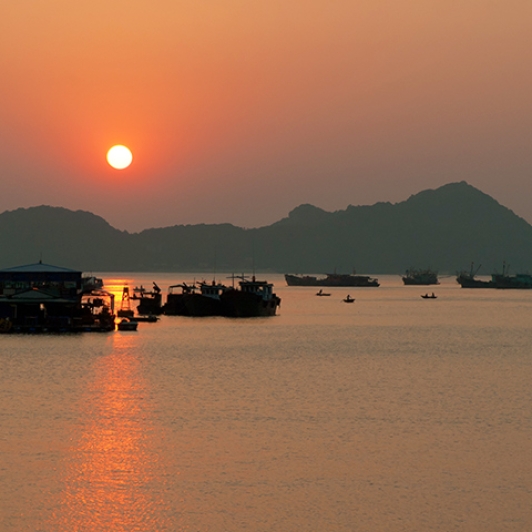Vietnam Guide - All about Vietnam
Vietnam, a peaceful and friendly country in Southeast Asia, is a member of ASEAN. It attracts tourists with its captivating natural beauty and hospitable locals. From beautiful sandy beaches to adventurous mountains, and dynamic cities to tranquil villages, Vietnam offers a variety of experiences for all types of travelers.
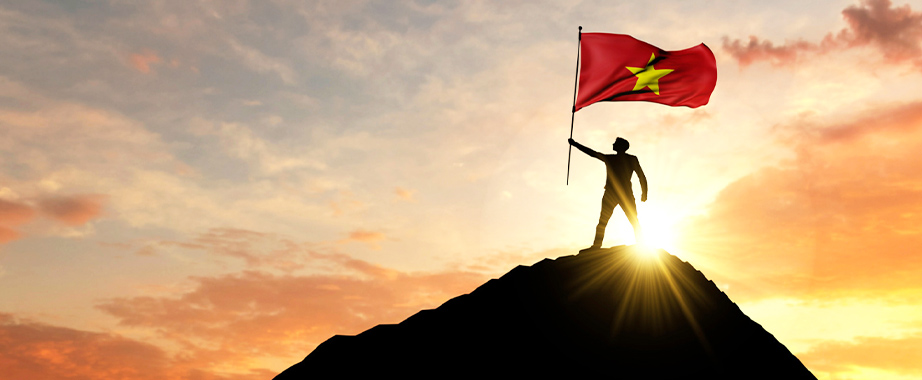
What to prepare to travel to Vietnam?
| Things to know before visiting Vietnam | |
|---|---|
| All Vietnam Travel Tips | Vietnam Map |
| Best time to visit Vietnam | |
| Cost of traveling to Vietnam | Currency in Vietnam |
| Travel bank card Vietnam | |
| Best places to exchange money in Vietnam | |
| Tipping culture in Vietnam | |
| Travel insurance Vietnam | |
| Vietnam Time Zone | |
| Vietnam Best Places on Google Map | |
| What are the different types of travel to Vietnam? | |
| Baby-Friendly Travel in Vietnam | |
| What documents are needed for travel to Vietnam? | |
| Can I travel without a return flight? | |
| Visa Vietnam | Vietnam visa types |
| How to apply evisa Vietnam? | |
| Visa Vietnam extension | |
| Visa Vietnam exemption | |
| How To Handle Tour Cancellation In Vietnam? | |
| How can I stay healthy in Vietnam? | |
| Vaccines for Vietnam travel | |
| Transport in Vietnam | |
| How do I move around in Vietnam? | |
| Can I drive in Vietnam as a tourist? | |
| Travel necessary item | |
| Travel Packing Checklist | Electric plug Vietnam |
| Travel clothes in Vietnam | How to dress in Vietnam during each season? |
| Vietnam travel clothes for women & men | |
| Luggage | Vietnam checked baggage |
Vietnam History
In 111 B.C., Vietnam fell under Chinese rule and remained colonized for over a thousand years. This period significantly influenced Vietnamese society, shaping its values, norms, and moral compass.
During the 1800s, the French began their colonization of Vietnam, introducing Western education, religion (including Christianity), and economic development, such as exporting tobacco, indigo, tea, and coffee.
After an uprising by nationalists in August 1945, Vietnam declared The Proclamation of Independence of the Democratic Republic of Vietnam on September 2nd, 1945. However, the French sought to regain control and initiated an eight-year war. Despite gaining independence after World War II, Vietnam was still under French rule until the Northern Vietnamese soldiers forced the surrender of the South Vietnamese government, which was supported by the US, on April 30, 1975. This marked a turning point in history as the North and the South united to form the Vietnam we know today.
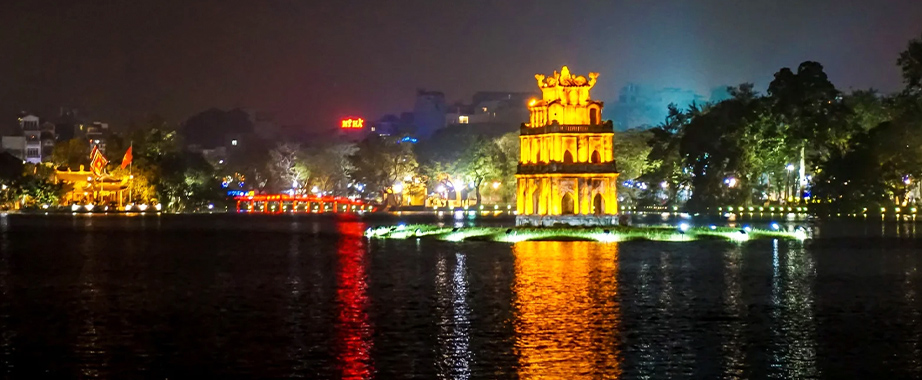
Top places to visit in Vietnam
Vietnam has a long and brave history, marked by wars and struggles. For tourists, a visit to the country's historical sites is a must.
Halong Bay: A Dazzling Natural Landscape
Halong Bay, a UNESCO World Heritage Site, is a stunning destination with over 2,000 sparkling limestone islands surrounded by crystal-clear waters in the South East Sea. To experience its breathtaking beauty, consider spending a night on a ship, exploring mysterious caves, swimming with marine life, and savoring fresh seafood. There are 4 cruise piers to choose from, each offering unique experiences. For a serene and authentic experience, opt for Ben Beo, where you can marvel at sites like the Surprise Cave, Tunnel Cave, Titop Island, and more.
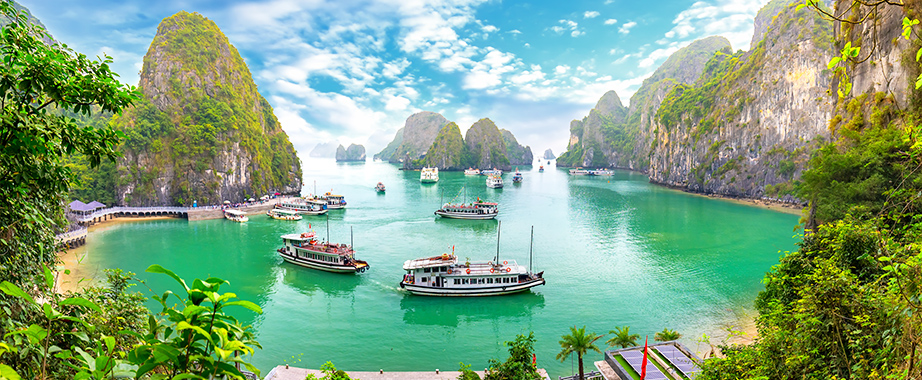
Hoi An, a mystical old town on Vietnam's central coast, is a true treasure trove of the nation's cultural legacy. Its winding cobblestone paths, vivid wooden houses, and ancient Japanese archways create a beguiling atmosphere. Immerse yourself in its rich history by exploring sacred shrines, artisanal boutiques, and local culinary delights. Don't miss the Quan Cong Temple, Phuc Kien Pagoda, Japanese Bridge, and Tan Ky Ancient House.
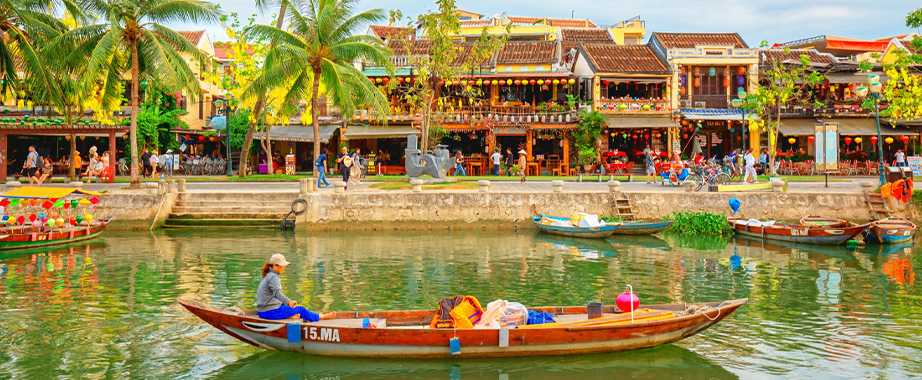
Vietnamese Culture
Vietnam has 54 official ethnic groups, with the majority being Kinh/Viet. Its diverse culture offers a mix of customs, beliefs, and religions for foreigners to experience. Marriages were historically influenced by family interests, not just love.
Vietnamese society embraces 37 religious organizations, including Buddhism, Catholicism, Protestantism, Muslim, Caodaism, and Hoa Hao Buddhism. Ancestor worship is also common.
Festivals in Vietnam showcase its rich history and art. Tet holiday features rituals, fireworks, and temple visits, while the Mid-Autumn Festival includes lanterns, lion dances, and moon cakes. Highland areas offer more adventurous festivals.
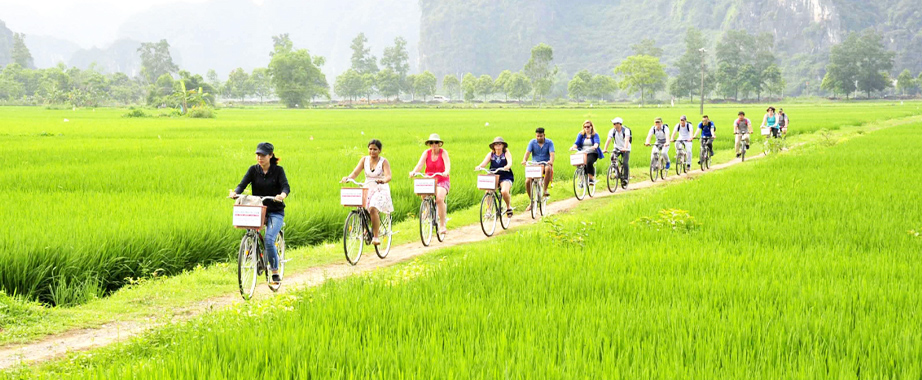
Weather in Vietnam
Vietnam experiences dramatic seasonal variations from North to South. The North has four seasons, with harsh cold in Winter and Spring and scorching heat in Summer. Tourists prefer visiting the North during Autumn for pleasant weather.
Conversely, the South has two main seasons: rainy and dry. For a sunny trip, plan your visit between April to September.
The middle area, known for its beautiful long beaches, faces storms during the rainy season. Travelers should be cautious and plan their trips accordingly.
Vietnam transportation
- Cyclo: A bicycle rickshaw providing a full view of the city. Cyclo riders usually speak basic English and cater to foreign tourists. Opt for cyclo tours organized by tourism or hotels for more fluent English-speaking riders, though it may be slower for a busy day.
- Xe Om: A motorbike taxi offering an authentic Vietnamese experience. Many Xe Om are available around tourist areas, but remember to negotiate the price before hopping on. Alternatively, you can book a Grab bike for a transparent cost and clear pick-up/drop-off locations.
- Taxi: Reputable nationwide companies like SM green electric taxi, Vinasun and Mai Linh offer taxi services. They also have user-friendly applications for convenient pick-up and drop-off points. The fares are comparable to booking a Grab car.
- Inter-province Connectivity:
- Buses and trains connect Hanoi with other provinces.
- For private car rentals for tours or work, Autour Asia is a reliable option.
- Experience the various transportation options in Hanoi to explore the city and beyond with ease!
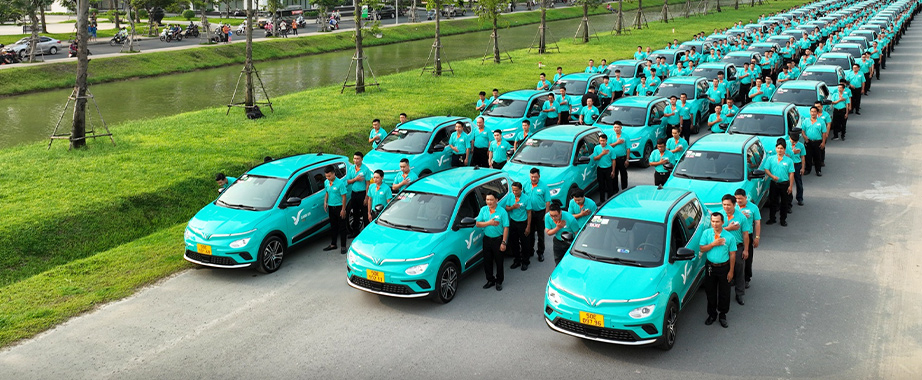
Vietnam travel tips
- Currency Exchange: The official currency is the Vietnamese Dong. Exchange your money in tourist areas or city centers for better rates compared to doing so abroad. 1 USD = 23,600 VND.
- Drinking Water: Avoid tap water and opt for bottled water, readily available for around 25 cents. Even locals refrain from drinking tap water.
- Be Mindful of Belongings: While Vietnam is generally safe with friendly people, petty theft can occur. Keep a close eye on your belongings, especially in crowded places like bus and train stations. Wear your backpack in front for added security.
- Beware of Counterfeits: Be cautious of counterfeit items, including tour agencies. Stick to trusted worldwide suppliers to avoid any regrets.
- Respect Personal Boundaries: Avoid touching anyone's head, particularly elders, as it is considered irritating and disrespectful.
Filter Articles
- Central Highlands
- Mekong Delta
- Hanoi
- Halong Bay
- Cat Ba Island
- Ninh Binh
- Pu Luong
- Mai Chau
- Sapa
- Ha Giang
- Cao Bang
- Lang Son
- Bac Kan
- Yen Bai
- Son La
- Dien Bien
- Lai Chau
- Quang Binh
- Quang Tri
- Hue
- Da Nang
- Hoi An
- Quy Nhon
- Nha Trang
- Dalat
- Buon Ma Thuot
- Phan Thiet - Mui Ne
- Ho Chi Minh City
- Ba Ria - Vung Tau
- Tay Ninh
- Tien Giang
- Ben Tre
- Can Tho
- Dong Thap
- Chau Doc - An Giang
- Phu Quoc Island
- Con Dao Island
- Community Activities
Most read
Top Vietnam Destinations
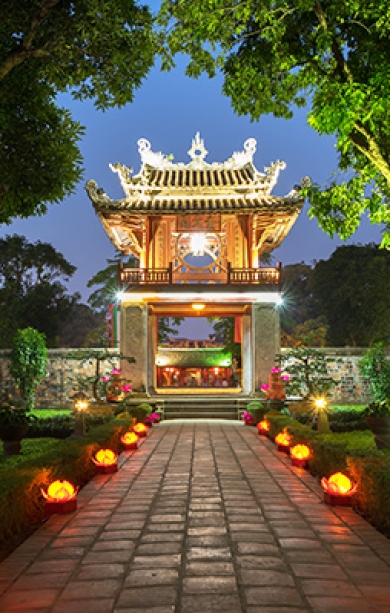
Hanoi
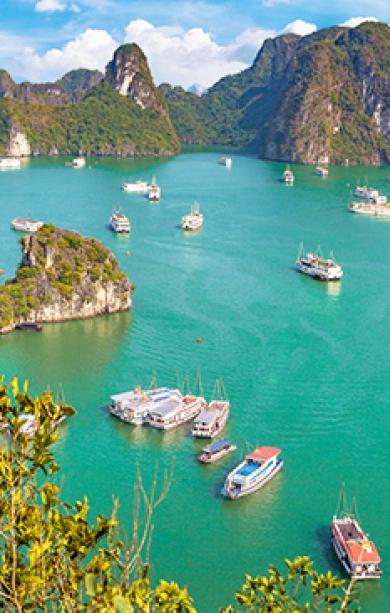
Halong Bay
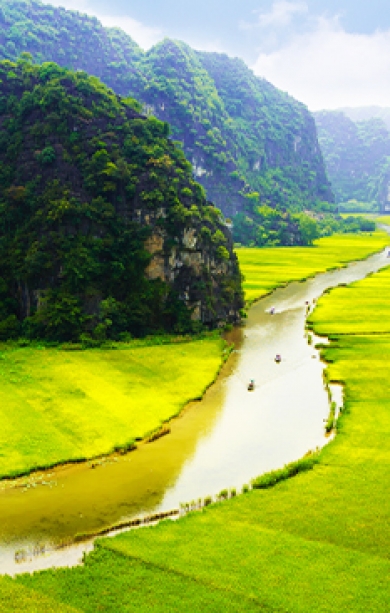
Ninh Binh
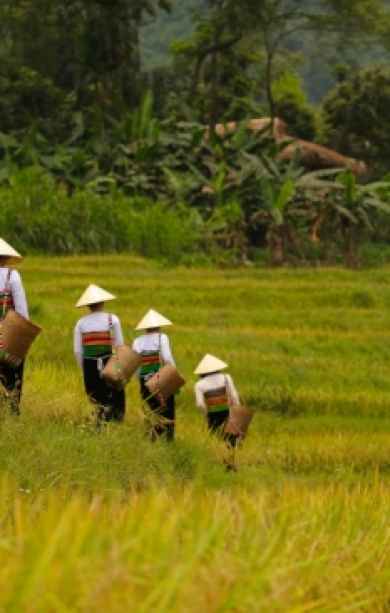
Pu Luong

Mai Chau

Sapa
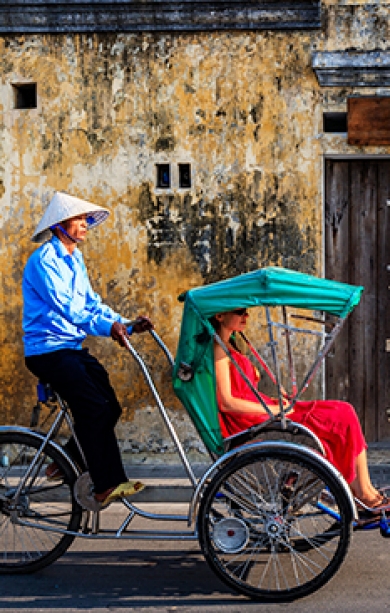
Hoi An
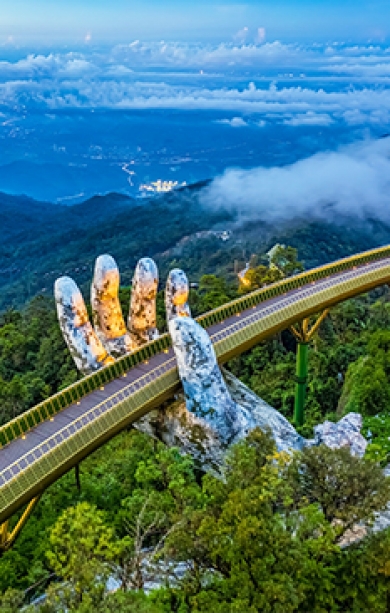
Da Nang
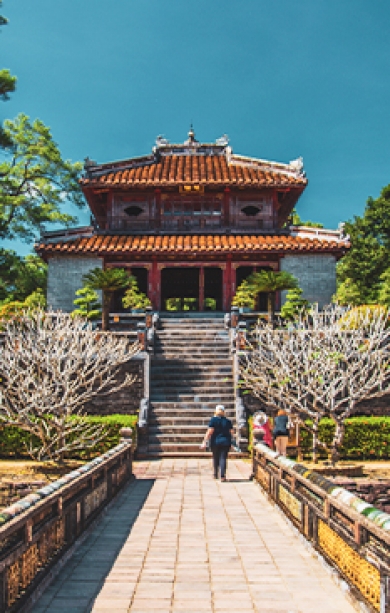
Hue
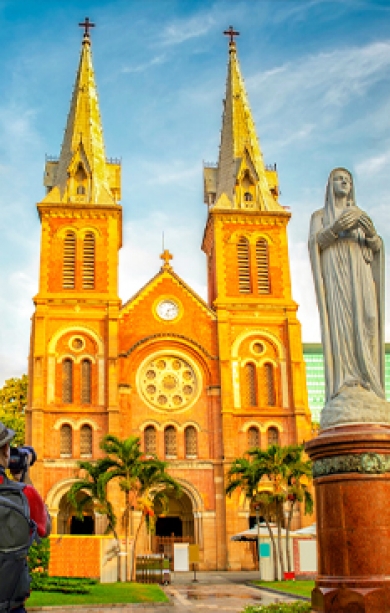
Ho Chi Minh City

Ben Tre
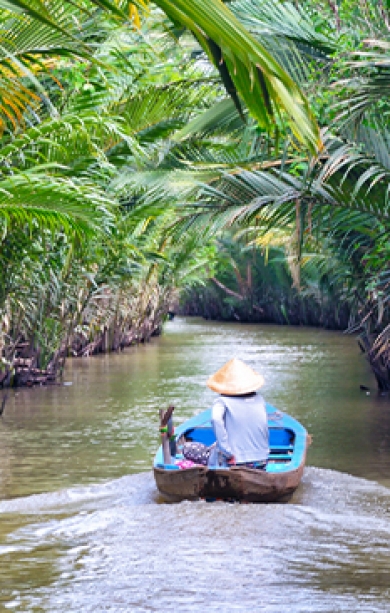
Can Tho
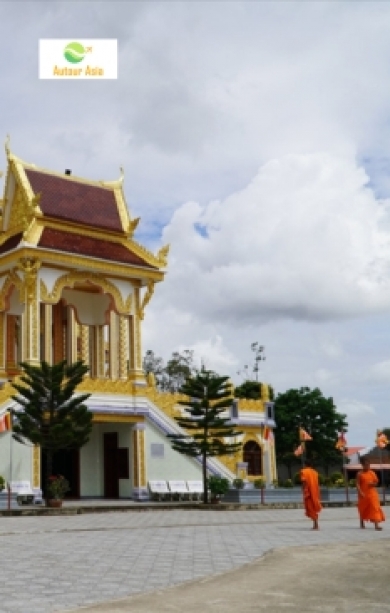
Mekong Delta
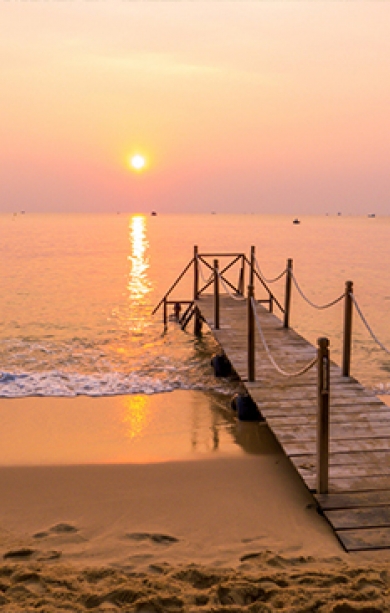
Phu Quoc Island
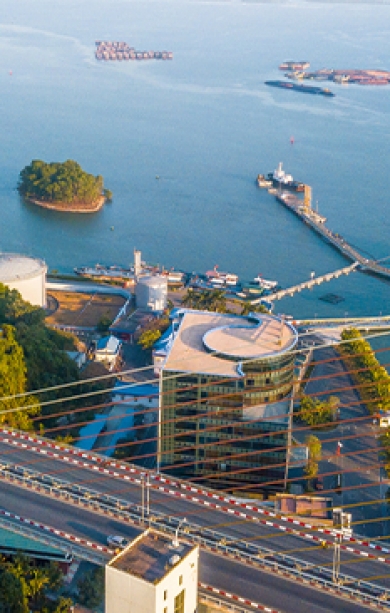
Quang Ninh
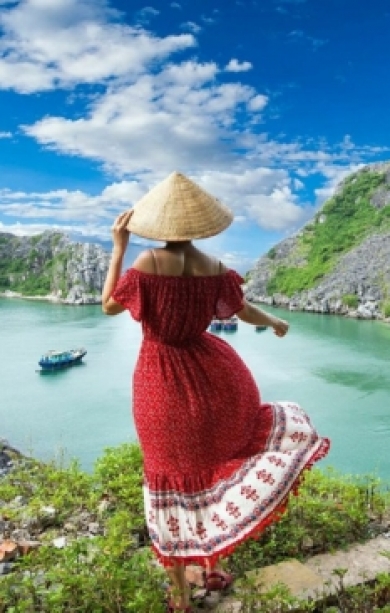
Cat Ba Island

Ha Giang
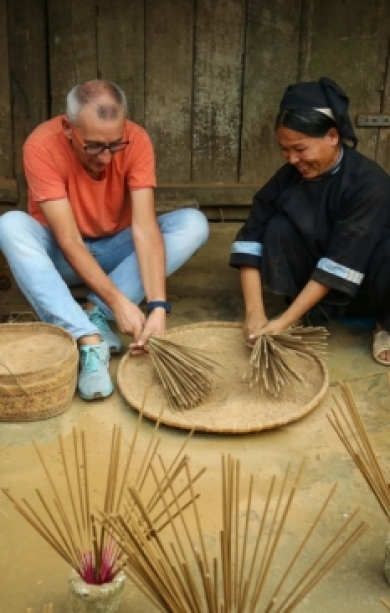
Cao Bang

Bac Kan
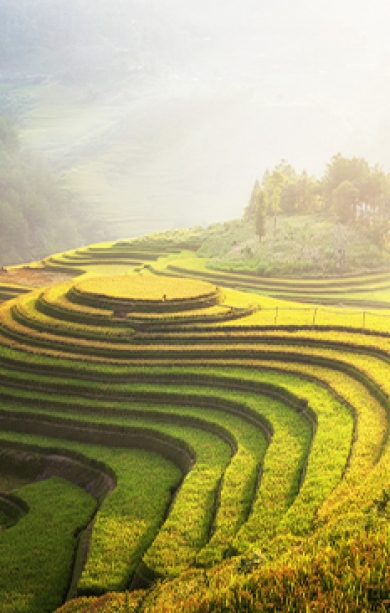
Yen Bai
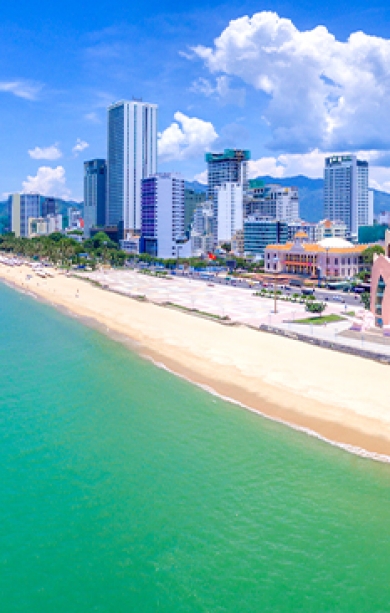
Nha Trang
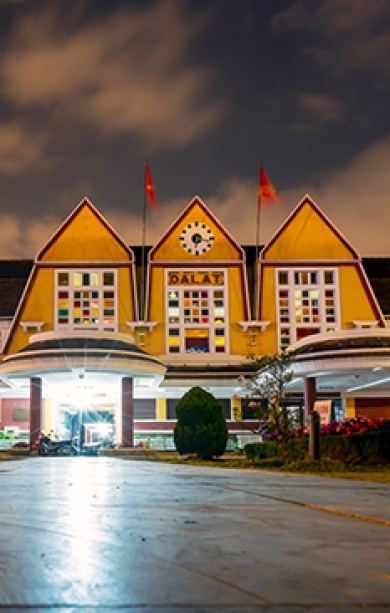
Dalat
Recommended Vietnam Itineraries
Autour Asia is highly recommended on
Embracing the mission of "Satisfied more than expected" and providing authentic experiences, we have received numerous recommendations on reputable travel forums:








